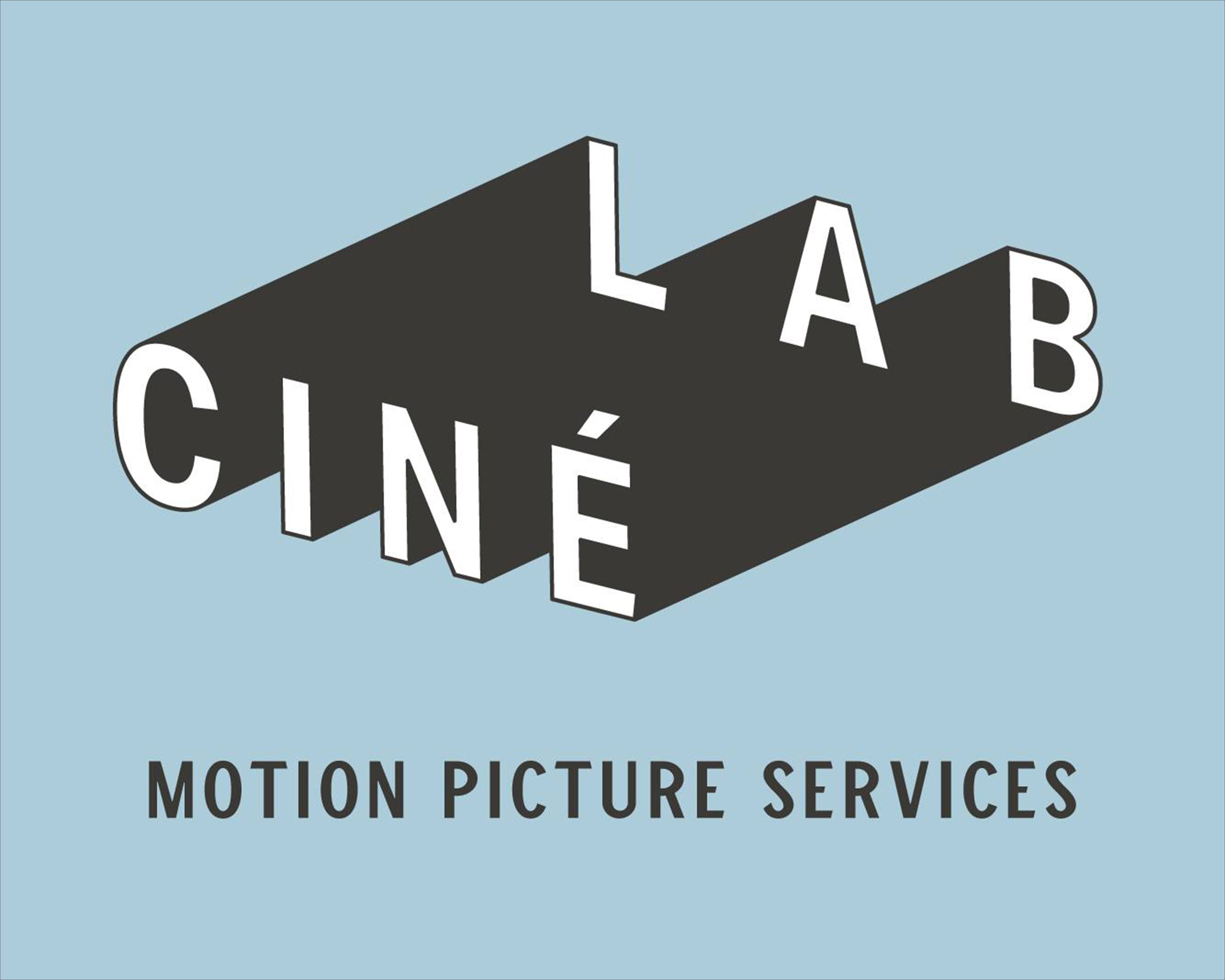S
SALLYNABIL
Guest
in an interview with the asc (american society of cinematographers) magazine, bill pope the director of photography of spider man 3 said that they chose to shoot on super 35 mm instead of high definition because "high-definition video leaves no room for compositional repositioning in post". i really can't get this because i thought that it is easier for computer graphics to intervene in a digital medium to make any changes required in the picture.
can anyone explain this to me? here is an extract from the interview:
Four months before principal photography commenced, Pope began testing. The cinematographer recalls that he initially suggested shooting digitally, given that the entire picture would be scanned to facilitate the addition of extensive computer-generated (CG) effects and the digital-intermediate (DI) process. The idea was rejected, however, because high-definition video leaves no room for compositional repositioning in post, and Raimi frequently does that to refine shots featuring CG elements. “Sam is big on being able to repo in post,” says Pope. “When you’re dealing with CG characters, the repo room is really important. You can previsualize a sequence all you want, but when you’re operating, framing and following something that isn’t there, there’s a lot of room for the result to be imperfect — you might pan too fast or too slow, or tilt too far or not far enough. Once the final elements are added, Sam often wants to tweak the shot.
“So Sony Imageworks just said ‘no’ to the idea of shooting digitally. As a result, we shot on Super 35mm and did the effects sequences on VistaVision using Greg Beaumont’s Beaucam, just as we did on Spider-Man 2. We went with VistaVision both for the finer grain and for the much larger negative area to repo in po
can anyone explain this to me? here is an extract from the interview:
Four months before principal photography commenced, Pope began testing. The cinematographer recalls that he initially suggested shooting digitally, given that the entire picture would be scanned to facilitate the addition of extensive computer-generated (CG) effects and the digital-intermediate (DI) process. The idea was rejected, however, because high-definition video leaves no room for compositional repositioning in post, and Raimi frequently does that to refine shots featuring CG elements. “Sam is big on being able to repo in post,” says Pope. “When you’re dealing with CG characters, the repo room is really important. You can previsualize a sequence all you want, but when you’re operating, framing and following something that isn’t there, there’s a lot of room for the result to be imperfect — you might pan too fast or too slow, or tilt too far or not far enough. Once the final elements are added, Sam often wants to tweak the shot.
“So Sony Imageworks just said ‘no’ to the idea of shooting digitally. As a result, we shot on Super 35mm and did the effects sequences on VistaVision using Greg Beaumont’s Beaucam, just as we did on Spider-Man 2. We went with VistaVision both for the finer grain and for the much larger negative area to repo in po





